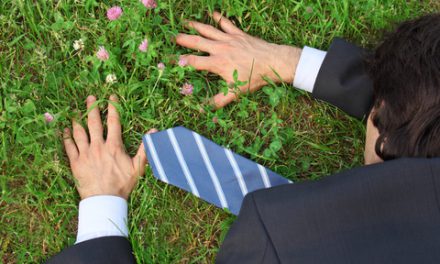
Visibly neglected properties resulting from foreclosure or financial distress negatively affect neighboring property values. This is a problem for sellers and their agents working diligently to fetch the highest possible price for their seller’s home.
So, what can sellers and their agents do to combat this problem?
If the unsightly home is still occupied, an agent can:
- encourage their seller to offer the neighbor a hand with some light clean-up; and
- spearhead a community involvement effort focusing on curb appeal for all.
A sharp looking neighborhood improves everyone’s property value. Spread the word with a FARM letter.
Money talks. If the owner of an occupied home refuses to correct an eyesore, local authorities will respond to the complaints from neighbors, and may impose fines if conditions remain substandard. For those eyesore REOs, the newly established Homeowner’s Bill of Rights allows local governments to fine lenders up to $1,000 a day for real estate owned (REO) property neglect.
Related article:
New law fines owners of blighted foreclosures (we’re looking at you lenders)
If the home is unoccupied and located in a homeowners’ association (HOA), sellers can encourage the HOA to pay for routine maintenance. The cost of HOA cleanup becomes a lien on the property to be paid by the owner of the unoccupied home.
first tuesday insight
Every practicing agent knows blight has a detrimental effect on listing prices. The most common offenders are lenders. Insist that lenders keep their REO properties in good shape.
How? If your seller is uncomfortable nagging a lender, do it for them. You are more experienced negotiating with lenders and forcing action than the typical seller. Consider this lender badgering part of your listing activities. You’re selling not just a single property, but also it’s surrounding location. Local code enforcement often is the best way to complain.
If absolutely nothing can be done and a frazzled property’s overgrowth is spilling over, inform yourself what can legally be done to clean it up. Anything that crosses over the property line can be removed if there is a reasonable need to do so. This includes branches and roots that are causing damage. [Bonde v. Bishop (1952) 112 CA2d 1]
Costs of this self-help can be recovered from the neighboring property owner. Just be sure not to tresspass and do not cut back roots or branches within the neighboring property line, as a neighbor has no legal right to do so. [City of Berkeley v. Gordon (1968) 264 CA2d 461; Fick v. Nilson (1950) 98 CA2d 683]
Re: Don’t let a run-down house next door lower your property’s value from the Los Angeles Times














Good luck in getting a city to do anything. Responding to a resident’s complaint of blight is far down on their list.